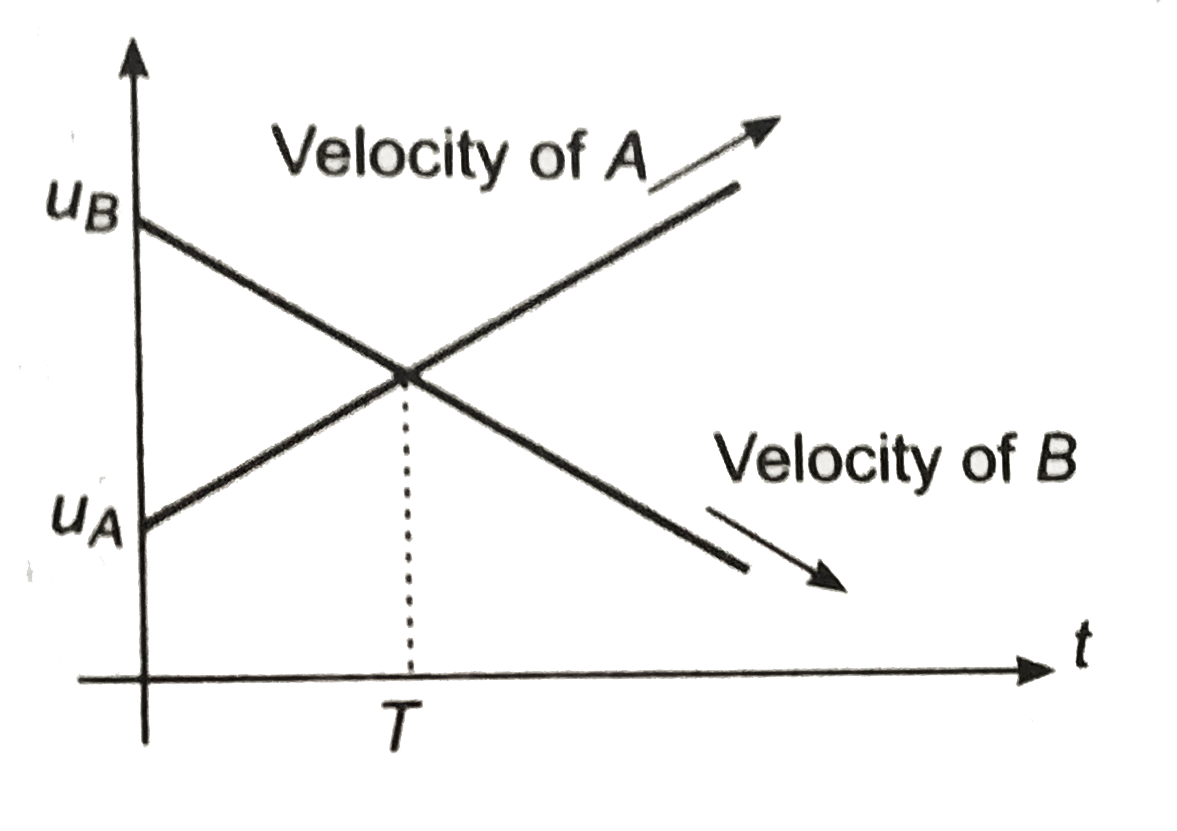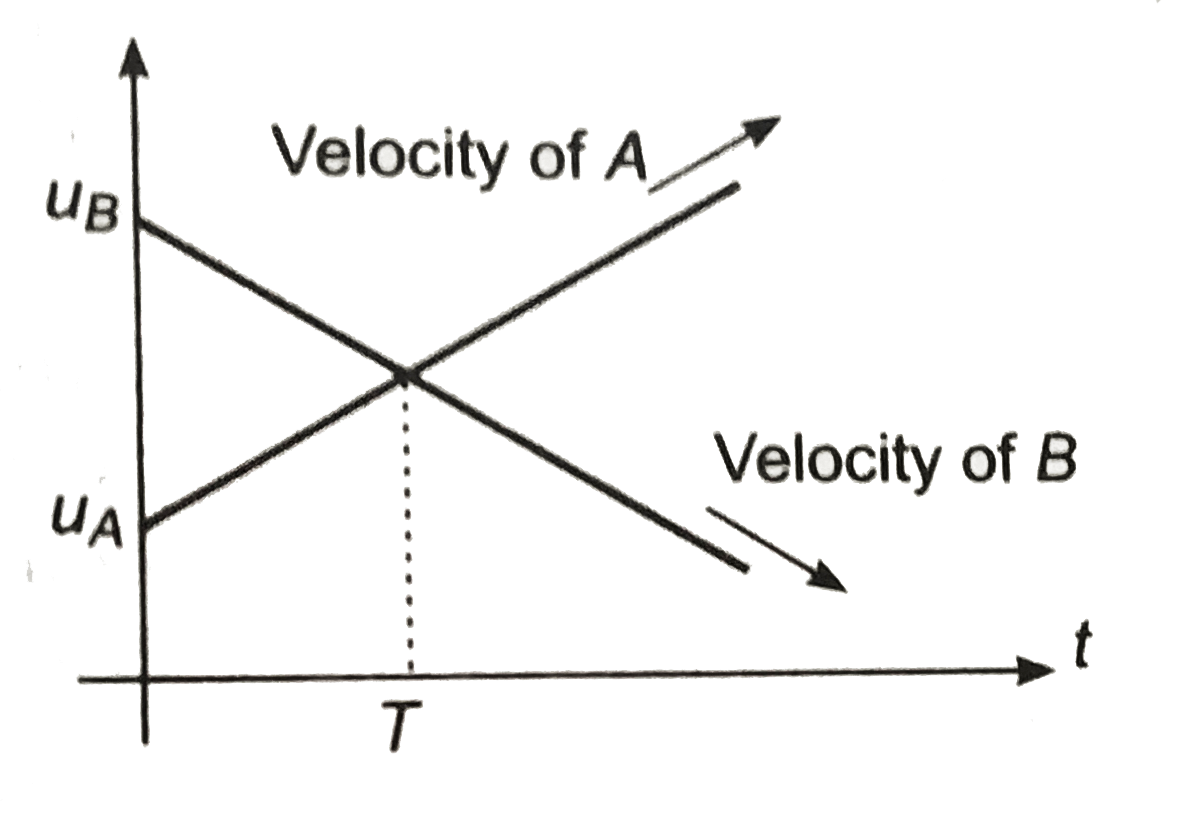Complete Solutions to Comprehension of chapter KINEMATICS of Class 11 book with complete answers and questions
| Class 11 | PHYSICS |
| Chapter | KINEMATICS |
| DC PANDEY | Comprehension |
| Number Of Questions | 7 |
| Academic Year | 2023-24 |
An elevator without a ceiling is ascending up with an acceleration of `5 ms^-2.` A boy on the elevator shoots a ball in vertical upward direction from a height of 2 m above the floor of elevator. At this instant the elevator is moving up with a velocity of `10 ms^-1` and floor of the elevator is at a height of 50 m from the ground. The initial speed of the ball is `15 ms^-1` with respect to the elevator. Consider the duration for which the ball strikes the floor of elevator in answering following questions. (`g=10 ms^-2`)
1. The time in which the ball strikes the floor of elevator is given by
View SolutionAn elevator without a ceiling is ascending up with an acceleration of `5 ms^-2.` A boy on the elevator shoots a ball in vertical upward direction from a height of 2 m above the floor of elevator. At this instant the elevator is moving up with a velocity of `10 ms^-1` and floor of the elevator is at a height of 50 m from the ground. The initial speed of the ball is `15 ms^-1` with respect to the elevator. Consider the duration for which the ball strikes the floor of elevator in answering following questions. (`g=10 ms^-2`)
2. The maximum height reached by ball, as measured from the ground would be
View SolutionAn elevator without a ceiling is ascending up with an acceleration of `5 ms^-2.` A boy on the elevator shoots a ball in vertical upward direction from a height of 2 m above the floor of elevator. At this instant the elevator is moving up with a velocity of `10 ms^-1` and floor of the elevator is at a height of 50 m from the ground. The initial speed of the ball is `15 ms^-1` with respect to the elevator. Consider the duration for which the ball strikes the floor of elevator in answering following questions. (`g=10 ms^-2`)
3. Displacement of ball with respect to ground during its night would be
View SolutionAn elevator without a ceiling is ascending up with an acceleration of `5 ms^-2.` A boy on the elevator shoots a ball in vertical upward direction from a height of 2 m above the floor of elevator. At this instant the elevator is moving up with a velocity of `10 ms^-1` and floor of the elevator is at a height of 50 m from the ground. The initial speed of the ball is `15 ms^-1` with respect to the elevator. Consider the duration for which the ball strikes the floor of elevator in answering following questions. (`g=10 ms^-2`)
4. The maximum separation between the floor of elevator and the ball during its flight would be
View SolutionA situation is shown in which two objects A and B start their motion from same point in same direction. The graph of their velocities against time is drawn. `u_A and u_B` are the initial velocities of A and B respectively. T is the time at which their velocities become equal after start of motion. You cannot use the data of one question while solving another question of the same set. So all the questions are independent of each other.
5. If the value of T is 4 s, then the time after which A will meet B is

View SolutionA situation is shown in which two objects A and B start their motion from same point in same direction. The graph of their velocities against time is drawn. `u_A and u_B` are the initial velocities of A and B respectively. T is the time at which their velocities become equal after start of motion. You cannot use the data of one question while solving another question of the same set. So all the questions are independent of each other.
6. Let `v_A and v_B` be the velocities of the particles A and B respectively at the moment A and B meet after start of the motion. If `u_A = 5 ms^-1 and u_B = 15 ms^-1,` then the magnitude of the difference of velocities `v_A and v_B` is

View SolutionA situation is shown in which two objects A and B start their motion from same point in same direction. The graph of their velocities against time is drawn. `u_A and u_B` are the initial velocities of A and B respectively. T is the time at which their velocities become equal after start of motion. You cannot use the data of one question while solving another question of the same set. So all the questions are independent of each other.
7. After 10 s of the start of motion of both objects A and B, find the value of velocity of A if `u_A = 6 ms^-1 , u_B = 12 ms^-1` and at T velocity of A is `8 ms^-1 and T = 4s`

View Solution
Comprehension questions and complete solutions for chapter KINEMATICS of DC PANDEY ENGLISH of Class 11
All Exercises from DC PANDEY Class 11 PHYSICS KINEMATICS
- Assertion And Reason
- Comprehension
- COMPREHENSION_TYPE
- Example
- Example Type 1
- Example Type 2
- Example Type 3
- Example Type 4
- Example Type 5
- Example Type 6
- Example Type 7
- Exercise 6.1
- Exercise 6.2
- Exercise 6.3
- Exercise 6.4
- Exercise 6.5
- Exercise 6.6
- Exercise 6.7
- Exercise 6.8
- Exercise 6.9
- INTEGER_TYPE
- MATCH THE COLUMN
- MCQ_TYPE
- Miscellaneous Example
- More Than One Correct
- Objective
- SCQ_TYPE
- Subjective
- Subjective Questions